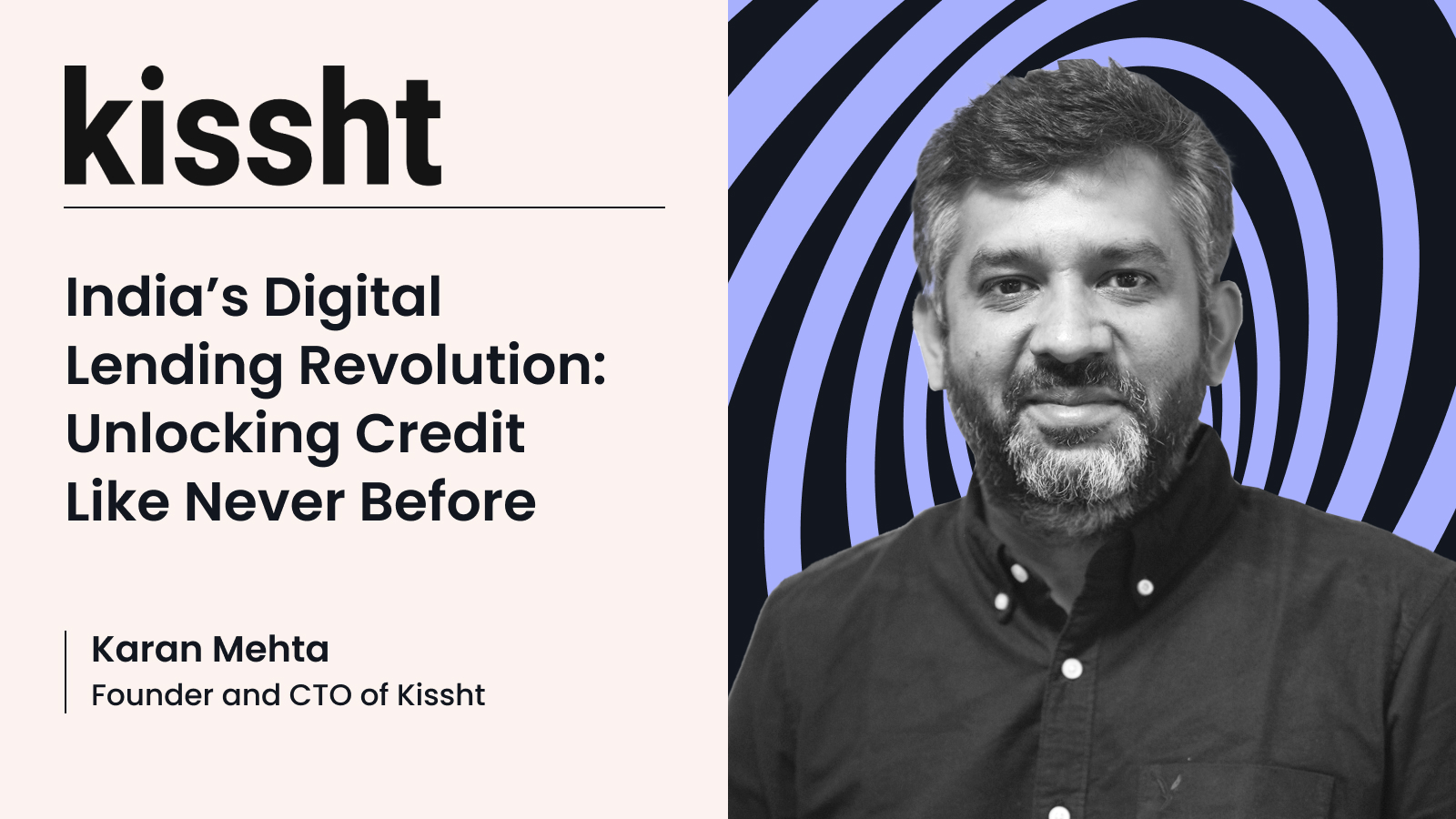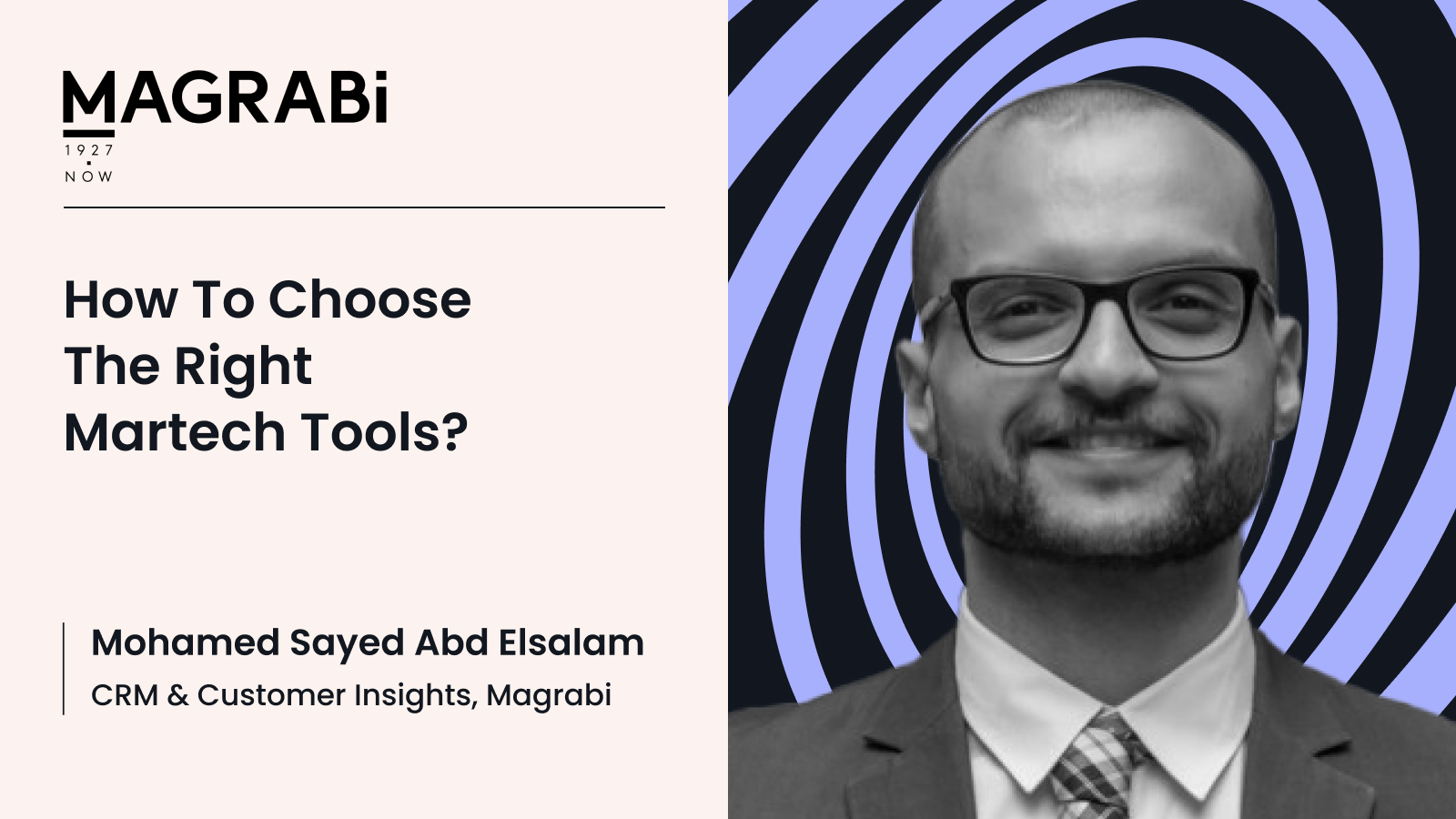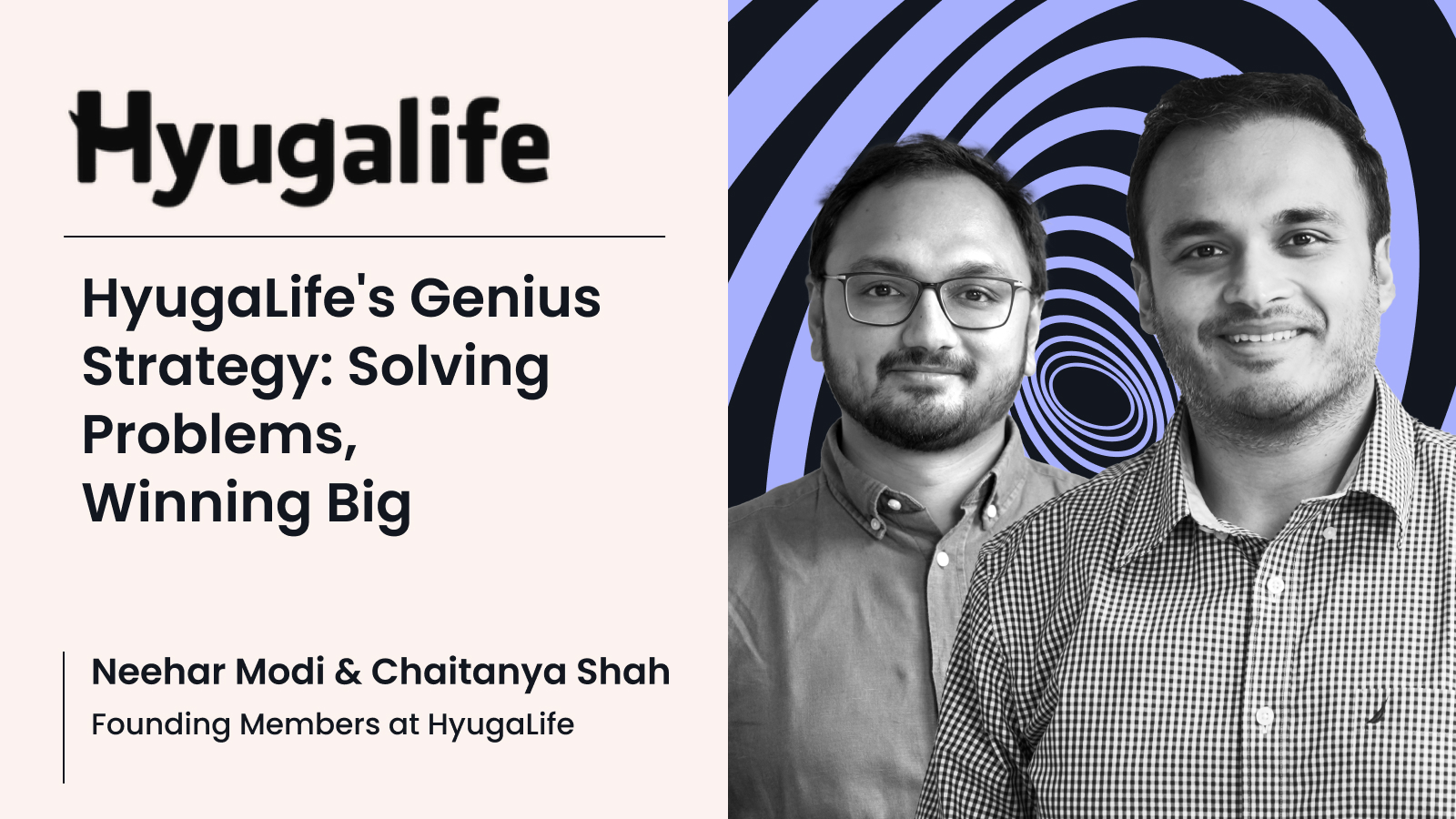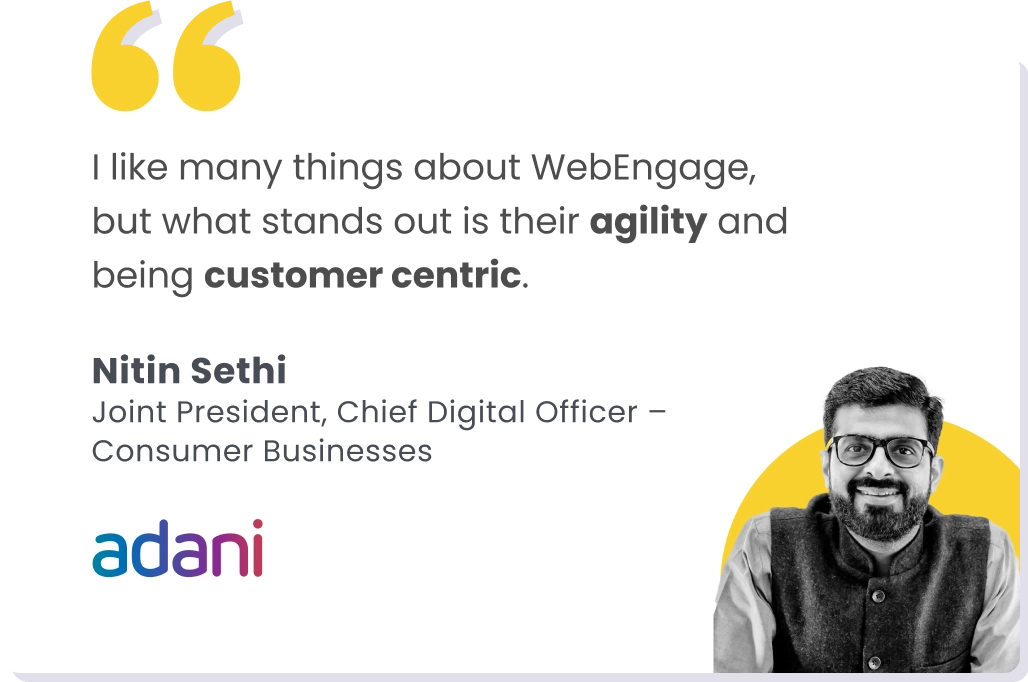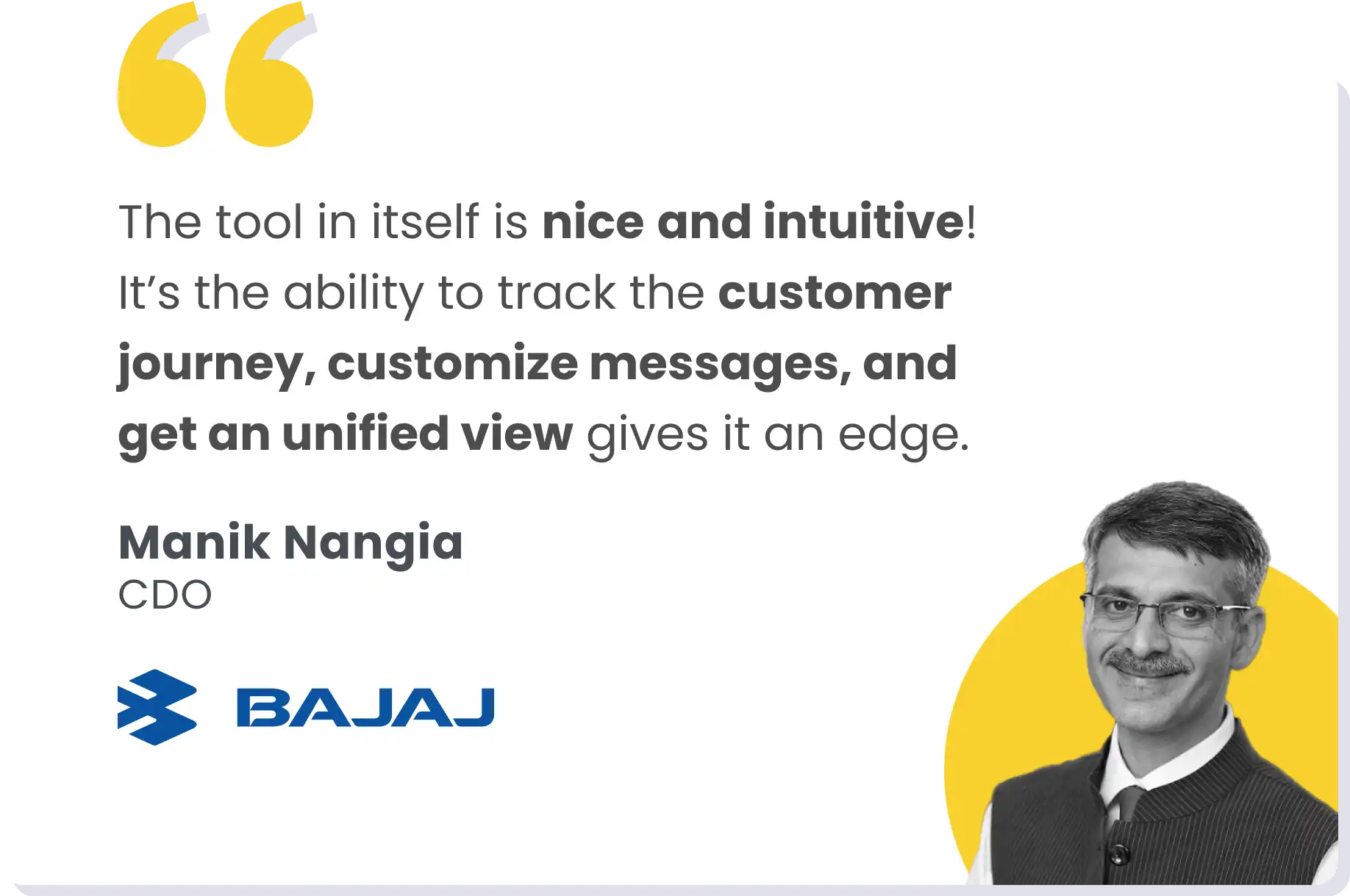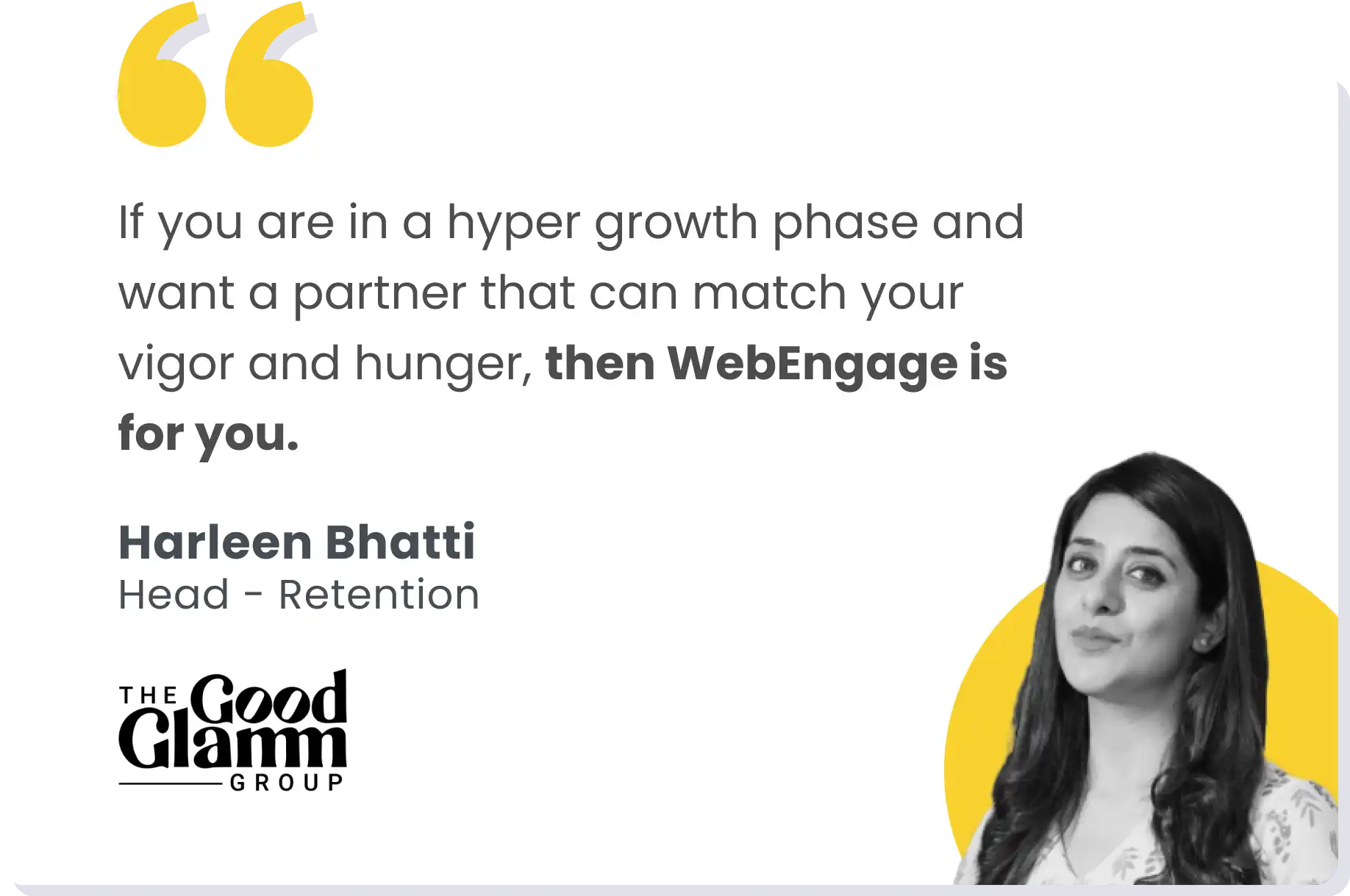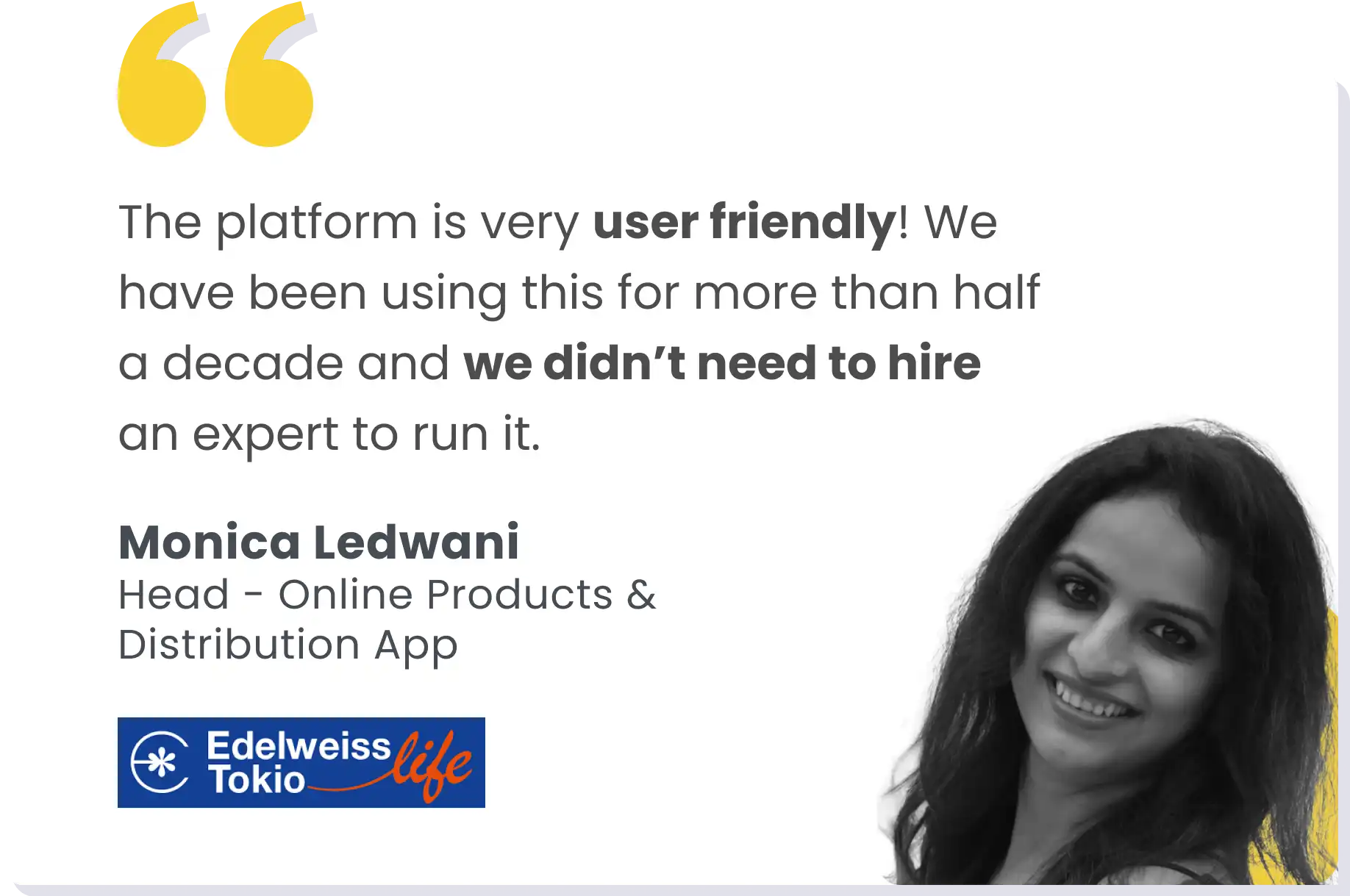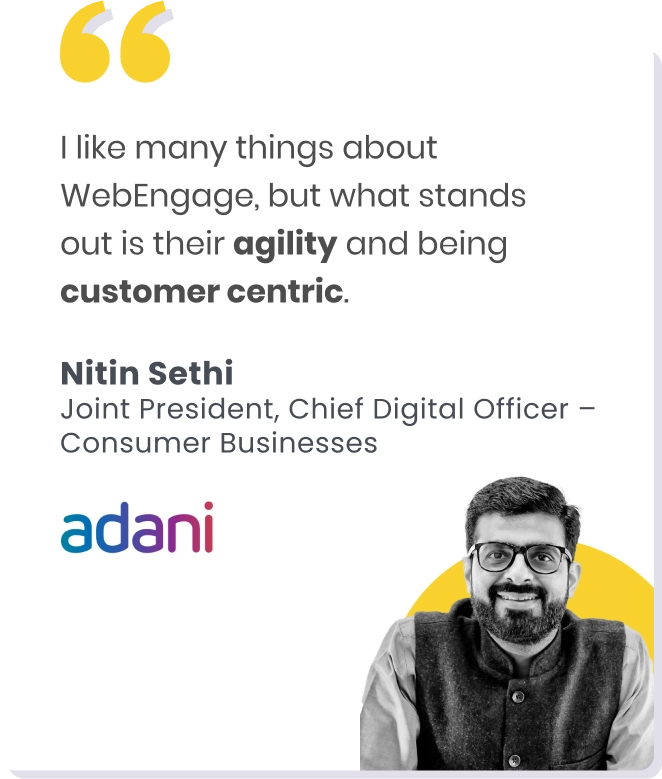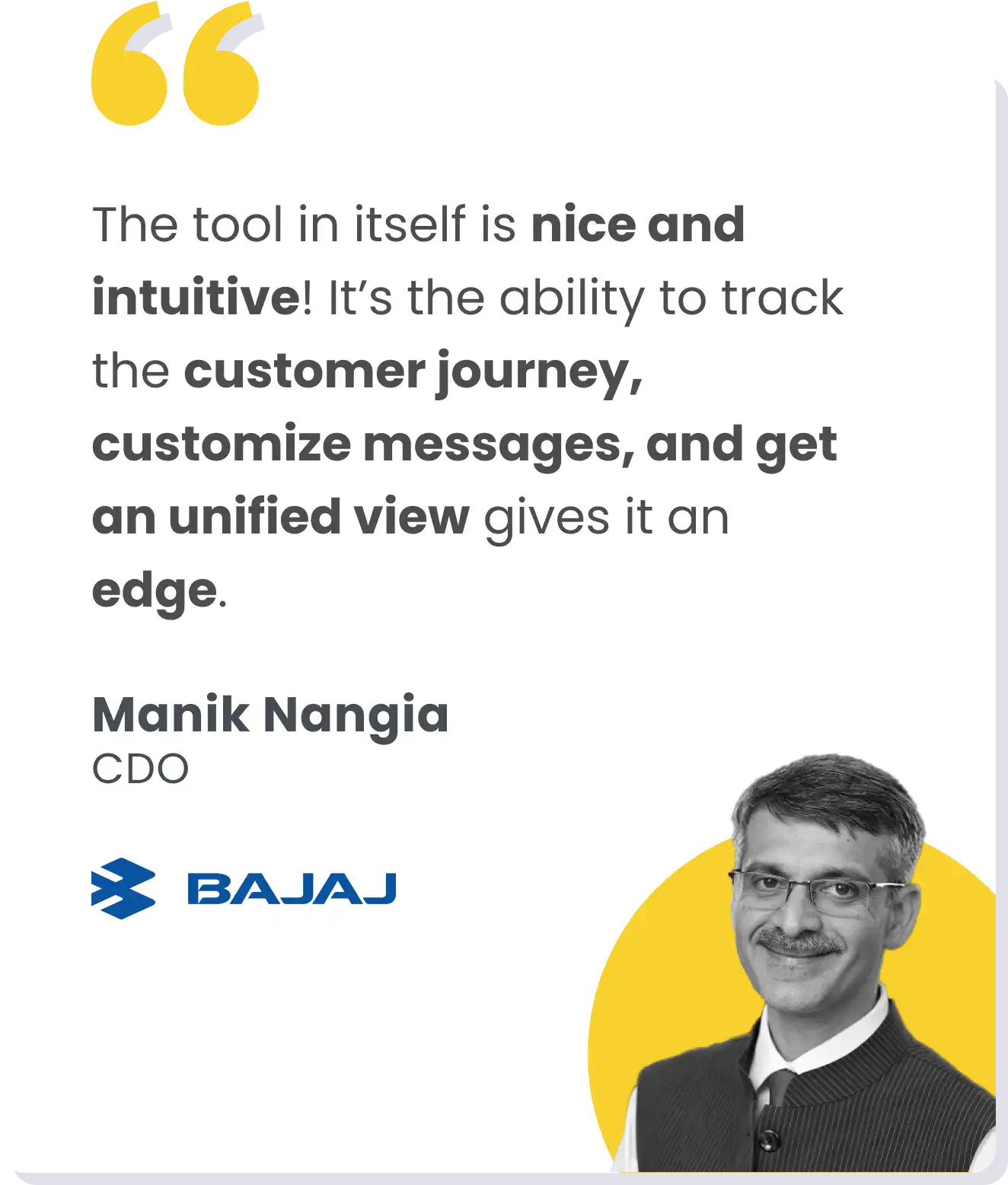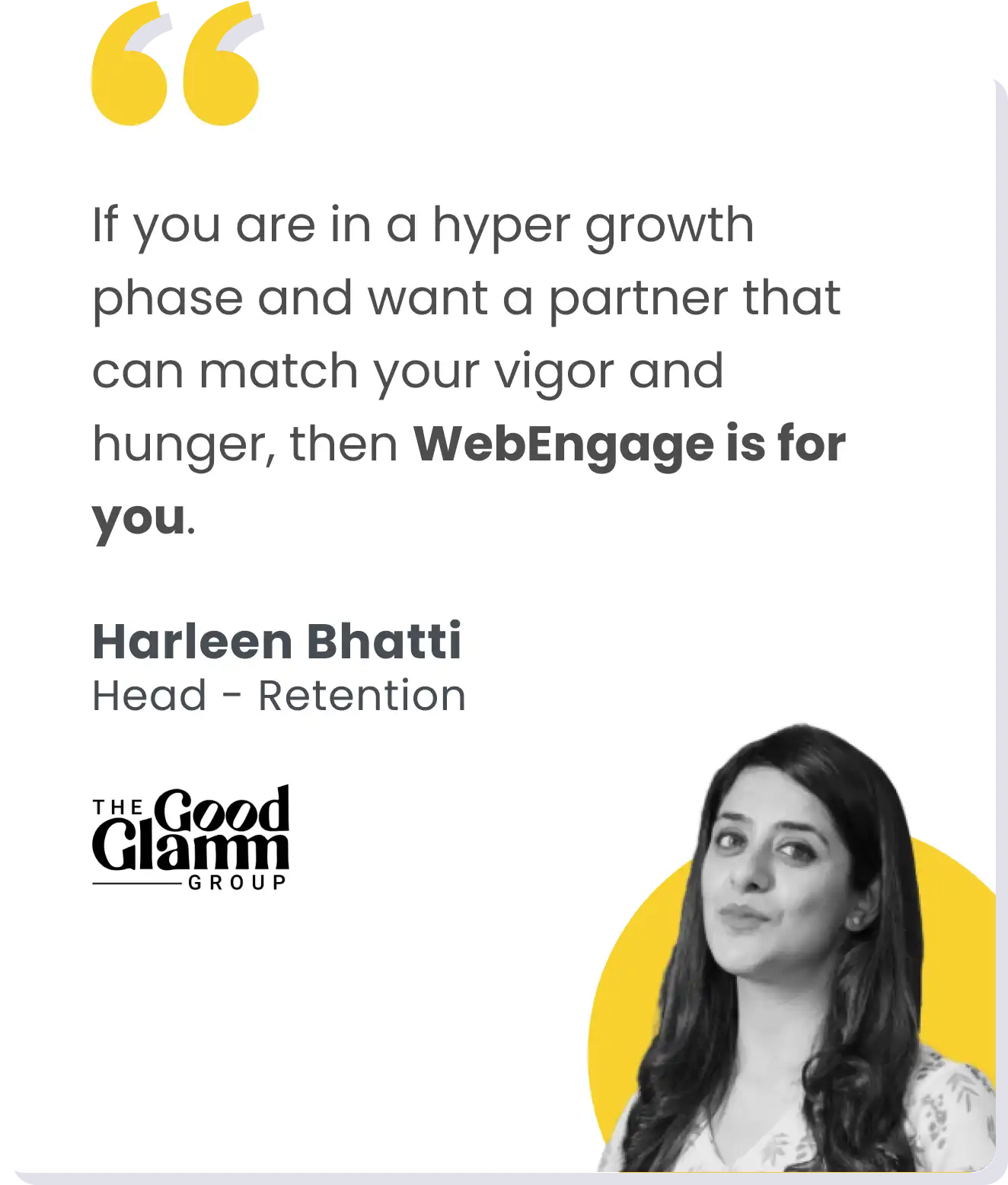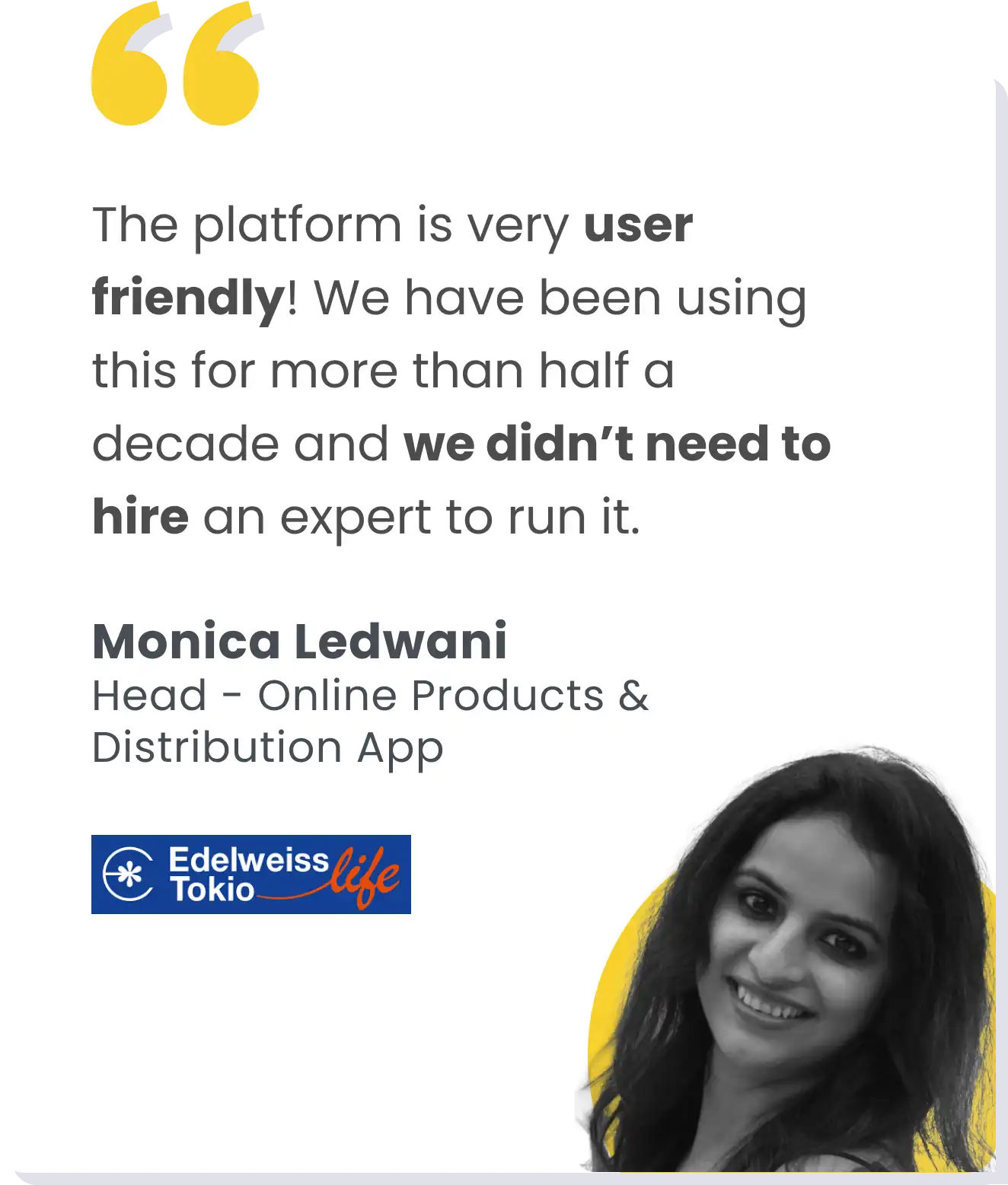India’s Direct-to-Consumer (D2C) space is booming, with an expected market worth of $100 billion by 2025 and projected to skyrocket to $61.3 billion by 2027, growing at a CAGR of 38–40%. As the D2C market evolves, customer acquisition is just the first step. The true challenge lies in cultivating relationships that transform one-time buyers into loyal customers.
From my experience, it’s no longer enough to meet consumer expectations—you need to consistently exceed them. When I launched Perfora, my vision wasn’t just about innovating in oral care; it was about building a brand rooted in relationships, powered by data and personalized engagement. In such a competitive landscape, creating strong, trust-based connections with customers is the only way to thrive.
The Shift in Consumer Behavior
Consumer behavior today is vastly different from what it was a decade ago. Traditional concerns like logistics costs have taken a backseat to a new priority—meeting and exceeding customer expectations. This shift has introduced what I call a reverse metric, where the focus isn’t just on cost-cutting but on optimizing the entire customer experience within a set timeframe.
While logistics costs may have decreased, the real risk lies elsewhere. The cost of not meeting customer expectations—whether due to delayed deliveries, poor service, or underwhelming products—is far greater. A single misstep can result in the loss of a customer, negative reviews, and a damaged brand reputation, all of which are much harder to recover from.
The rapid growth of the D2C space highlights the need for businesses to focus not only on customer acquisition but also on retention through seamless, optimized experiences. Balancing customer acquisition cost (CAC) with lifetime value (LTV) is key. It’s not just about acquiring customers at a reasonable cost—it’s about keeping them engaged for the long haul. Through my experience, I’ve learned that building a sustainable business model centered on long-term customer relationships is far more valuable than chasing quick profits.
Advanced Customer Segmentation
To address these challenges, I’ve adopted a more aggressive approach to segmentation. It’s no longer sufficient to segment customers based on basic demographics like age or gender. Instead, we need to dive deeper, segmenting by-product, by-price point, and even by behavior. This level of segmentation allows us to tailor our marketing efforts more effectively and create personalized experiences that resonate with specific customer groups.
For example, by segmenting our audience by-product, I can identify which customer segments are most interested in certain offerings. This information allows us to craft targeted marketing campaigns that speak directly to the needs and desires of each group. Similarly, by segmenting by price point, we can understand the spending behaviors of different customer groups, enabling us to offer tailored promotions that are more likely to convert.
Optimizing Costs and Enhancing Customer Value
While reducing logistics costs remains important, I’ve realized that the true key to success lies in optimizing the overall cost structure, particularly when it comes to avoiding the high costs associated with errors and inefficiencies. It’s essential to balance customer acquisition costs with lifetime value to ensure long-term profitability.
Investing in loyalty programs might have a high initial cost, but the long-term benefits in terms of increased customer retention and lifetime value far outweigh the investment. Similarly, providing exceptional customer service can reduce churn and enhance overall satisfaction, which, in turn, lowers the overall cost of customer acquisition over time.
I’ve also found that integrating technology into our operations has been a game-changer in optimizing costs and enhancing customer value. Artificial intelligence (AI) and machine learning (ML) have allowed us to analyze large volumes of data, predict customer behavior, and optimize our marketing efforts more effectively. For example, AI-driven algorithms enable us to analyze customer interactions and identify patterns, helping us make more informed decisions about where to allocate resources and how to optimize our operations.
Leveraging Technology for Personalization
Technology has revolutionized the way we engage with customers. Personalized engagement is no longer a luxury—it’s a necessity now. Consumers expect brands to understand their needs, preferences, and behaviors, and to deliver experiences that are tailored to their individual requirements.
One of the most powerful tools I’ve used for achieving this level of personalization is data. By collecting and analyzing data on customer interactions, we can gain valuable insights into our audience and create personalized experiences that drive engagement and loyalty. This data-driven approach is particularly effective when combined with AI and ML technologies, which automate the process of analyzing data and delivering personalized content.
These automated notifications are tailored to match the interests and behaviors of our users—whether they’re sports enthusiasts or politically engaged individuals—ensuring that the right content reaches the right audience at the right time. This approach has significantly increased our user engagement and retention rates.
Moreover, personalized engagement extends beyond product recommendations. We’ve also implemented personalized marketing campaigns, customer support interactions, and post-purchase follow-ups. By creating a seamless, personalized experience across all touchpoints, we’ve been able to build stronger relationships with our customers and foster long-term loyalty.
Building Trust and Community
Today, misinformation is rampant, and building trust with our audience is more important now more than ever. Trust is the cornerstone of any successful relationship, and I believe that transparency and authenticity are key to earning and maintaining that trust.
One way we’ve worked to build trust is by being transparent about our processes. We actively engage with our audience through social media and other digital platforms, creating a dialogue that not only builds trust but also encourages participation. This approach has helped us cultivate a loyal user base that values our content and trusts our brand.
Additionally, we’ve focused on building a sense of community among our users. By fostering a community where users feel connected and valued, we’ve been able to create a more engaged and loyal audience. This sense of community is particularly important lately, where consumers are looking for more than just products—they’re looking for brands that align with their values and offer a sense of belonging.
Conclusion
Reflecting on our journey, I’m reminded of the incredible power of staying true to your values. For anyone looking to drive growth in the digitalized world, my advice is simple: focus on your customers, use data to inform your decisions, and never underestimate the impact of a good story.
At Perfora, we’ve witnessed how these principles can transform a brand, and I’m excited to see our next steps. With the Indian D2C market expected to create 10 million jobs in the retail sector by 2027, especially in sectors like grocery, fashion, and beauty, the opportunities for growth are immense.
If you’re ready to transform your retention strategy and build lasting customer relationships, explore more insights by listening to the full “State of Retention Marketing” podcast. You can also listen on Spotify or Apple Podcasts. Want to see how these strategies can work for your brand? Schedule a demo with us today and take the first step towards creating loyal, engaged customers.
About the Author
Jatan Bawa
Founder at Perfora
Jatan Bawa is the visionary Founder of Perfora, a cutting-edge brand that is revolutionizing the oral care industry with its innovative and aesthetically striking products. With a rich background in leadership roles at Akiva Superfoods and VADHAM India, Jatan combines deep industry expertise with a forward-thinking approach to create a consumer brand that not only meets the market’s demands but also sets new standards in quality and design.





